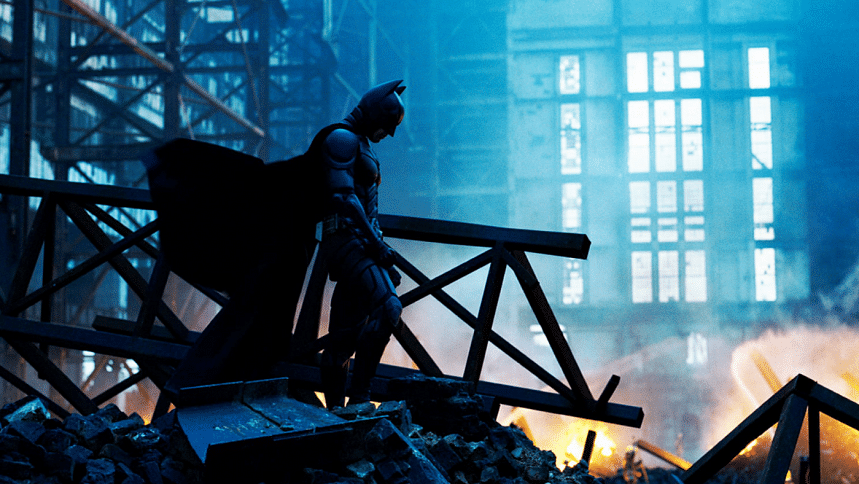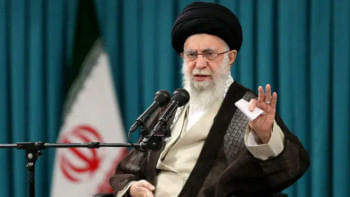How The Dark Knight stood the test of time by transcending fiction

The Dark Knight completes its 16th anniversary this year and it feels like it has become more relevant with time. It was released in 2008 when the world was in turmoil. Plagued by America's post–9/11 War on Terror, the ongoing wars in Iraq and Afghanistan, and a global financial crisis, the fictional Gotham City appeared to mimic reality.
The Dark Knight changed Batman. Gone were the days when Batman had a light, comical undertone. Since then, Batman has gotten darker, grittier, and more complex. The film made the audience experience the weight of every decision taken by its characters. In addition, it made them question their own values and contemplate the consequences of their actions. To help accomplish this, Nolan used the most notorious of Batman's rogue gallery – The Joker.
A timeless performance by Heath Ledger helped propel the character become a manifestation of nihilism. Underneath it all, however, Joker was raising serious questions about authority and the system. The Joker scrutinises the role of authority. He also asks why should the city of Gotham be protected by a masked vigilante without any question? For Joker, if Gotham has to be saved, it must be through its general public.
This outlook is in direct contrast to Batman's who believes that everything falls back to individual choices. That's why he refrains from addressing the systems of inequality which have benefited him. He only tries to cure the symptom, instead of treating the disease.
On the other hand, Gotham's white knight, Harvey Dent tries to clear the system from within. Though Rachel's death takes him off-course from his arc, he, nevertheless, becomes the symbol of hope for the citizens of Gotham in the final act. After all, Dent was also once an ordinary individual of the society who then became the District Attorney (DA) and helped eradicate crimes. His journey, coupled with his selfless pursuits, is a benchmark that the general person can strive for in an attempt to take control of their own city.
The chief challenge of The Dark Knight, however, is saving Gotham's soul, and the three characters take different routes to achieve that. The parallels between Batman, Dent, and Joker are revealed when certain questions are asked: Can the system be changed? Can systemic inequality and injustice be solved through the system? Or does the system itself have to go? As things stand, inequalities and injustice have peaked and adversely affected societal institutions.
In recontextualising the current status-quo, The Dark Knight has stood the test of time. To pay homage to one of the greatest superhero movies of our time, theatres in Bangladesh are re-screening The Dark Knight this month.
Sadman Ahmed is a student at Islamic University of Technology.

 For all latest news, follow The Daily Star's Google News channel.
For all latest news, follow The Daily Star's Google News channel. 









Comments